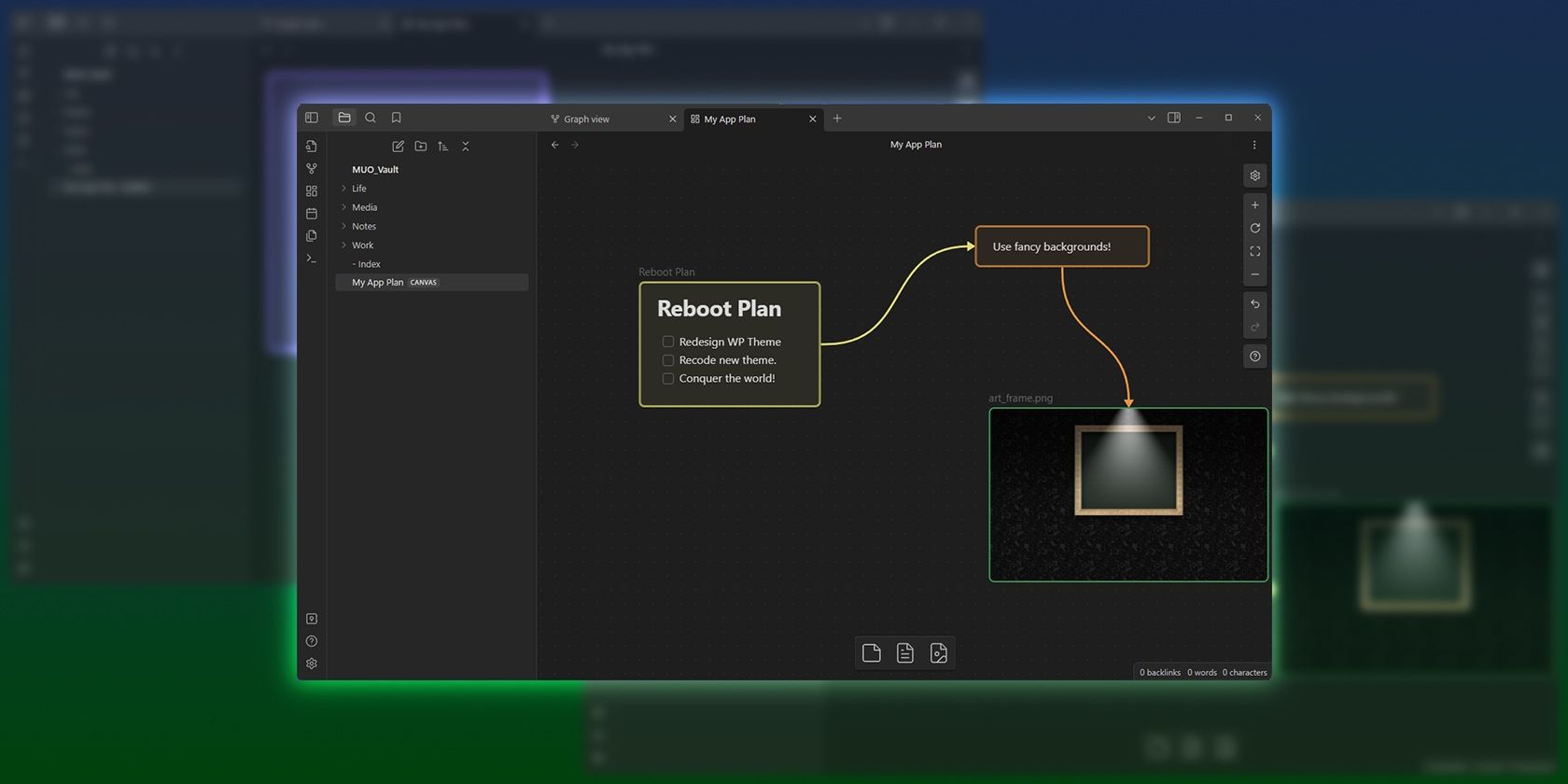When it comes to managing notes and knowledge effectively, the importance of metadata cannot be overstated. Among the various types of metadata that can significantly enhance your notes in Obsidian, date range is particularly powerful. This feature enables users to articulate the temporal context of their documents, thereby enhancing organization, searches, and insights drawn from their notes. In this article, we will explore the significance of utilizing date ranges in your metadata and how it can refine your overall note-taking experience.
Understanding Date Range in Metadata
At its core, the date range in metadata serves as a constraint, defining the temporal boundaries within which a specific piece of information is relevant. Imagine being able to bracket your ideas within specific timeframes—this not only makes retrieval easier but also supports the development of historical context, causality, and even correlations over time. With the correct application of date ranges in Obsidian, users can trace patterns, observe trends, and ultimately foster a deeper understanding of the material at hand.
Types of Content Enhanced by Date Range
1. Project Management Notes
When you manage projects, whether they are professional or personal, associating notes with specific date ranges can provide clarity about deadlines, milestones, and progress over time. You can document everything from brainstorming ideas during a specific phase of the project to reflections on outcomes after completing a task. By tagging these notes with defined start and end dates, you will create a timeline of events that can be immensely beneficial for retrospective evaluations or future planning.
2. Research Papers
For academic or professional researchers, dates serve as essential metadata for notes related to different phases of research. Whether you are gathering sources, conducting experiments, or developing theories, applying date ranges allows for the organization of literature reviews by publication dates or the chronological documentation of experiments. This structured approach can lead to greater insights when writing the final paper, as the historical context will be readily accessible.
3. Event Documentation
Consider notes associated with events—be it lectures, conferences, or even workshops. By including date ranges in the metadata of these notes, you can chronologically archive your learning journey. This organization will enable you to revisit certain events and synthesize your experiences or ideas that arose during those times. This technique is especially beneficial for individuals who may frequently attend various events but wish to keep their notes organized and easily retrievable.
4. Habit Tracking
Date ranges serve a transformative role in habit tracking notes. Suppose you are monitoring your exercise patterns, reading habits, or personal goals. By mapping progress within well-defined date ranges, users can gain insights into their behaviors over extended periods. This not only promotes reflection but can also empower you to recognize achievements or areas where improvements are necessary.
Implementing Date Ranges in Obsidian
To utilize the date range in your Obsidian notes effectively, consider the following steps:
1. Define Your Date Range
First, identify the relevant dates for your note. This could represent the complete duration of a project, the period during which research is conducted, or simply the start and end dates of events. These parameters will guide you in establishing metadata that is both relevant and illuminating.
2. Incorporate Date Range Syntax
In Obsidian, the metadata syntax allows you to specify date ranges clearly. You can use YAML front matter to create structured metadata at the beginning of your notes. For instance, you could define a date range as follows:
yaml
date_range: 2023-01-01 to 2023-06-30
3. Utilize Tags and Links
Combining date ranges with tags such as #project or #event enhances the categorization of notes. Using links to connect related notes based on date ranges will provide you with interconnected insights. This interconnectedness improves navigability, allowing for a seamless experience when conducting analyses or gathering information.
Leveraging Searching and Filtering
Obsidian’s search functionality further amplifies the benefits of implementing date ranges. By searching for specific metadata, users can filter through their notes, honing in on those that fit within a particular date range. This expedites the process of locating pertinent information, especially when dealing with extensive note collections or ongoing projects.
Reflection and Future Adaptation
Lastly, incorporating date ranges into your metadata opens the door for reflective practices. Regularly revisiting your notes in conjunction with their date parameters allows users to gauge overall progress, reshape current methodologies, and strategize for future endeavors. The evolution of your note-taking practice will be visible through these temporal markings, providing insights that may not have been previously considered.
As with any methodological tool, effectively utilizing date ranges within Obsidian notes will ultimately enhance your capability to synthesize information meaningfully and efficiently. By managing metadata judiciously, you not only bolster the organization of your notes but also cultivate a deeper engagement with the material. Armed with these insights, you can navigate the ever-flowing river of information more adeptly, ensuring that the value contained within your notes does not remain submerged but is instead brought to the surface, ready for exploration and application.
